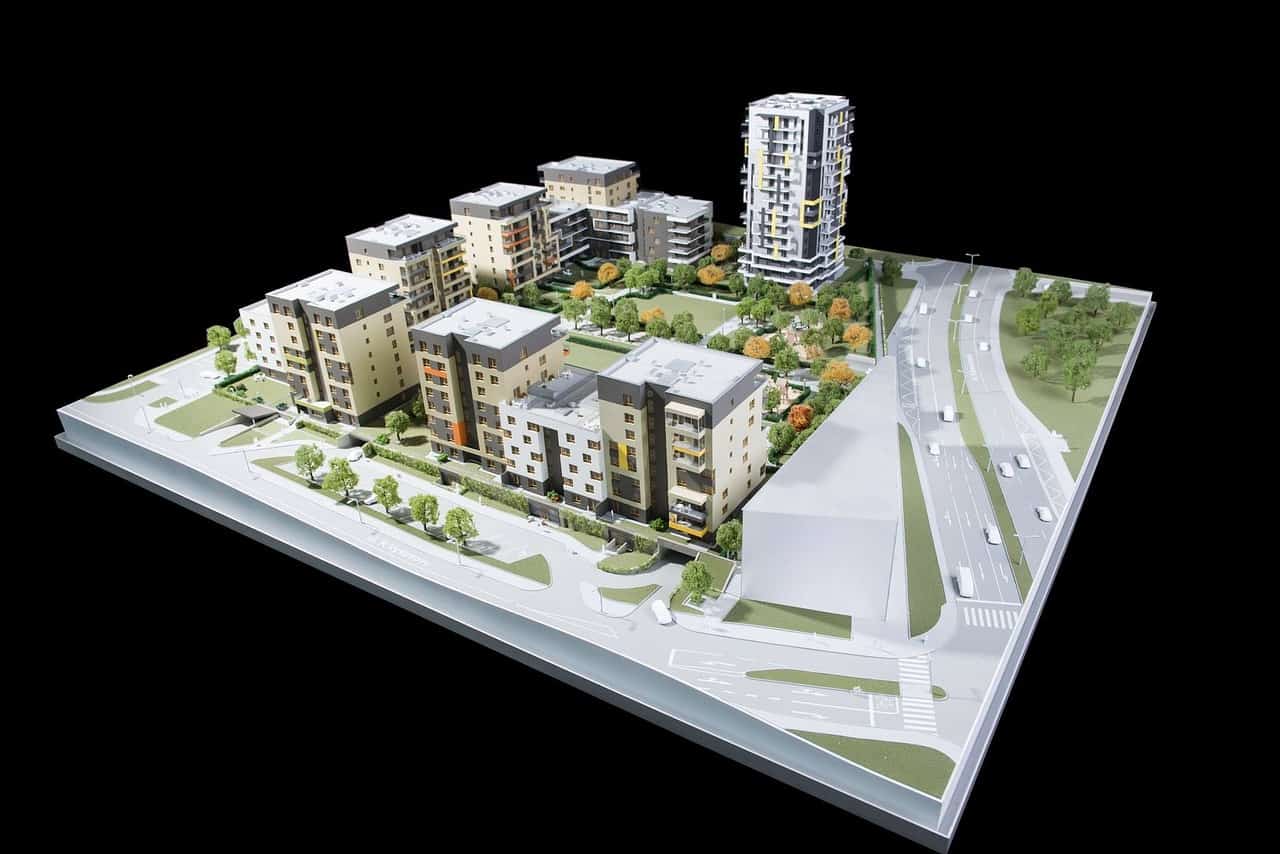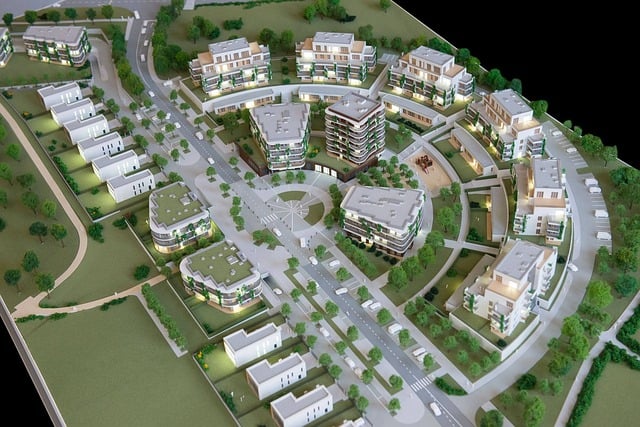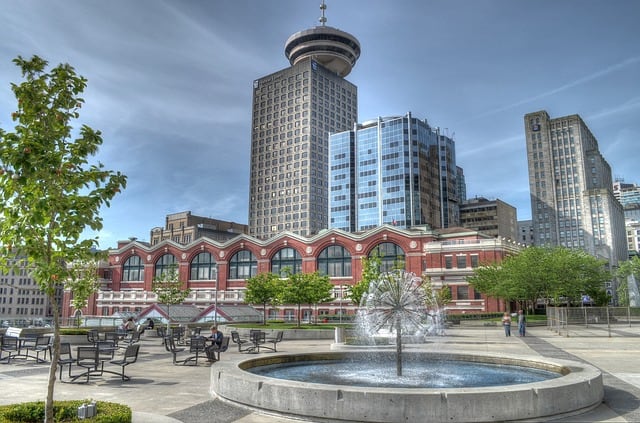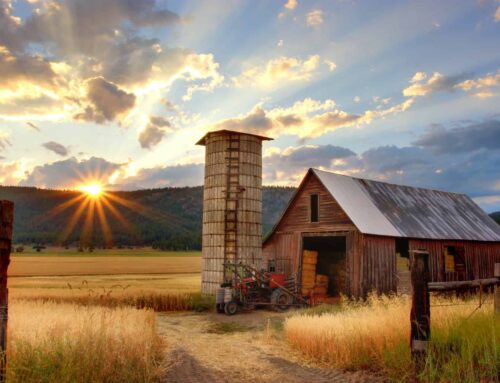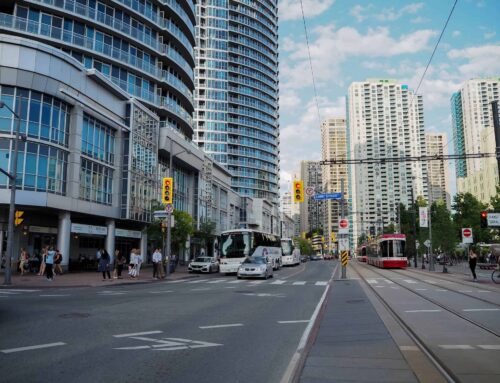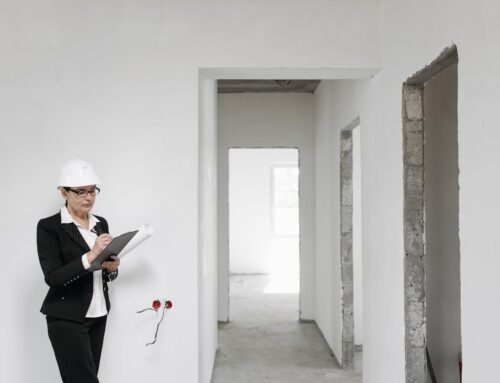Are you considering a Planned Unit Development (PUD) for your next commercial or residential real estate project?
PUDs can offer a wide range of benefits, including greater flexibility, community amenities, and environmental sustainability.
However, they can also come with higher costs and restrictions on individual control.
In this article, we’ll explore the pros and cons of PUDs and provide insights into the unique requirements and regulations that apply to these developments.
Related: Commercial Real Estate Investing – Getting Started
What is a PUD?
A Planned Unit Development (PUD) is a zoning tool used by local governments to allow for greater flexibility and creativity in developing a specific piece of land.
A PUD typically involves a developer proposing a comprehensive plan for the site that includes a mix of land uses, such as residential, commercial, and recreational, as well as the location of buildings, open spaces, and infrastructure.
PUDs often require a detailed site plan and public input. In addition, they may include conditions such as the provision of affordable housing or the preservation of natural features.
Click here to learn more about Millman Land National Land Services’ 20+ years of surveying experience!
Rules and Regulations for Implementing PUDs
PUDS are subject to various rules and regulations, which can vary depending on the specific municipality or jurisdiction where the development occurs.
Here are some general PUD rules that may apply:
- Zoning Regulations – PUDs must comply with the zoning regulations of the municipality in which they are located. These regulations can include requirements for building height, setbacks, lot coverage, and other factors.
- Comprehensive Community Plan – Many municipalities require that a PUD be consistent with the community’s comprehensive plan, which is a long-term vision for the area’s development.
- Site Plan Approval – The local planning commission or zoning board may need to approve the site plan for the PUD before development can begin. This site plan can include a detailed review of the proposed land uses, building locations, and other design elements.
- Public Hearings – In some cases, a PUD may be subject to public hearings where residents and other stakeholders can provide feedback on the proposed development. Public hearings can be an important opportunity to address concerns and build community support.
- Meeting Affordable Housing Requirements – Many municipalities require that PUDs include a certain percentage of affordable housing units to ensure that the development benefits a diverse range of residents.
- Open Space Requirements – PUDs may also be required to set aside a certain percentage of land for open space, such as parks, trails, or natural areas. These requirements can preserve the environment and provide recreational opportunities for residents.
- Infrastructure and Service Requirements – Developers may be required to provide or contribute to the cost of infrastructure improvements, such as roads, sidewalks, and utilities, to support the development and minimize the impact on existing services.
It’s essential to consult with local zoning officials and other experts to ensure that your proposed development complies with all relevant regulations and requirements.
PUDs and Financing For Developers and Homebuyers
Planned Unit Developments (PUDs) can impact developers’ and homebuyers’ financing and lending processes.
Here are some key things to know about PUDs and lenders:
- Developer Financing – Developers may need to secure financing to cover the costs of developing the PUD, such as land acquisition, infrastructure improvements, and construction costs. Lenders will typically look at factors such as the developer’s experience, the market demand for the development, and the project’s financial feasibility.
- Homebuyer Mortgages – Home buyers purchasing a property within a PUD typically need a mortgage from a lender. When evaluating the borrower’s creditworthiness, lenders will consider factors such as the buyer’s credit score, income, and debt-to-income ratio.
- Homeowner Association Dues – Lenders will also consider the cost of homeowner association (HOA) dues when evaluating the borrower’s ability to repay the mortgage. If the HOA dues are high, they can increase the borrower’s debt-to-income ratio and make it more challenging to qualify for a loan.
- Special Assessments – Lenders will also consider any special assessments levied by the HOA, such as for major repairs or improvements. Suppose the borrower is already stretched thin financially. In that case, a special assessment could put them at risk of defaulting on their mortgage.
- Property Values – PUDs can impact property values, both for individual homes and the community as a whole. Lenders will look at factors such as the location’s desirability, the construction’s quality, and the amenities the development offers when determining the property’s value.
Both parties must work with experienced professionals who understand the unique requirements and regulations that apply to PUDs to ensure a successful and financially sound development.
Related: Drones, Virtual Reality, And Real Estate – A Complete Guide
Benefits and Drawbacks of PUDs
Planned Unit Developments (PUDs) can offer various benefits and drawbacks for developers and the communities where they are located.
Here are some of the main benefits and drawbacks of PUDs.
Benefits
- Flexibility – PUDs offer developers greater design, land use, and infrastructure flexibility. This flexibility can allow for more creative and efficient land use and the ability to incorporate a mix of residential, commercial, and recreational areas.
- Community Amenities – PUDs often include community amenities such as parks, trails, and other recreational facilities and shared infrastructure such as roads and utilities. These amenities can be a significant selling point for residents. They can create a sense of community within the development.
- Environmentally Sustainable – PUDs can be designed to emphasize environmental sustainability, with features such as green spaces, low-impact development techniques, and renewable energy sources. This philosophy can minimize the environmental impact and create a more resilient and sustainable community.
- Affordable Housing – Some PUDs may include a certain percentage of affordable housing units, which can help to provide more housing options for low- and moderate-income residents.
Drawbacks
- HOA Regulations – PUDs are often governed by an HOA, which can impose strict regulations on residents. These regulations can cover landscaping, exterior home improvements, and even a resident’s front door color.
- Higher Costs – PUDs can be more expensive than traditional housing developments due to the higher costs associated with shared infrastructure and community amenities. Higher costs can make it more difficult for some homebuyers to afford a home within the development.
- Limited Control – Residents in a PUD may have limited control over the design and development of the community, as the developer and the HOA often make decisions. Limited control can lead to a lack of community involvement and disempowerment among residents.
- Potential for Conflict – PUDs can be a source of conflict between residents and the HOA, mainly if there are disagreements over rules and regulations or the cost of community amenities. These conflicts can sometimes escalate to legal disputes and other problems.
PUDs offer many benefits and drawbacks, and it’s essential for both developers and residents to carefully weigh these factors when considering whether to pursue or purchase a property within a PUD.
Contact Millman National Land Services today to get more information regarding plot plans and land surveys!
Is a PUD Right for You?
PUDs can offer a range of benefits and drawbacks, and it’s important to carefully consider these factors before pursuing or purchasing a property within a PUD.
While they can offer greater flexibility, community amenities, and environmental sustainability, they may also come with higher costs and restrictions on individual control.
Whether you’re a developer or a homebuyer, it’s critical to work with experienced professionals like Millman National Land Services who understand the unique requirements and regulations that apply to PUDs.
Millman National Land Services can execute multi-state, high-volume, multi-site, and single-site projects and operate according to ALTA standards and state and local guidelines.

